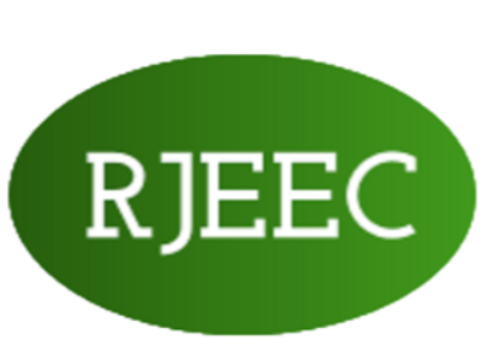
Short investigation on occurrence and removal of semivolatiles during wastewater treatment processes
Authors: MARIA DIANA PUIU
Keywords: fatty acids, food industry, GC-MS, semivolatiles, WWTP treatment processes
https://doi.org/10.21698/rjeec.2021.216The food industry wastewater is known to present a high organic matter content, due to specific raw materials and processing activities. Even if these compounds are not directly toxic to the environment, high concentrations in effluents could represent a source of pollution as discharges of high biological oxygen demand may impact receiving river's ecosystems. Identifying the main organic contaminants in wastewater samples represents the first step in establishing the optimum treatment method. The sample analysis for the non-target compounds through the GC-MS technique highlights, along with other analytical parameters, the efficiency of the main physical and biological treatment steps of the middle-size Wastewater Treatment Plant (WWTP). Long chain fatty acids and their esters were the main abundant classes of non-target identified compounds. The highest intensity detection signal was reached by n-hexadecanoic acid or palmitic acid, component of palm oil, after the physical treatment processes with dissolved air flotation, and by 1-octadecanol after biological treatment.



